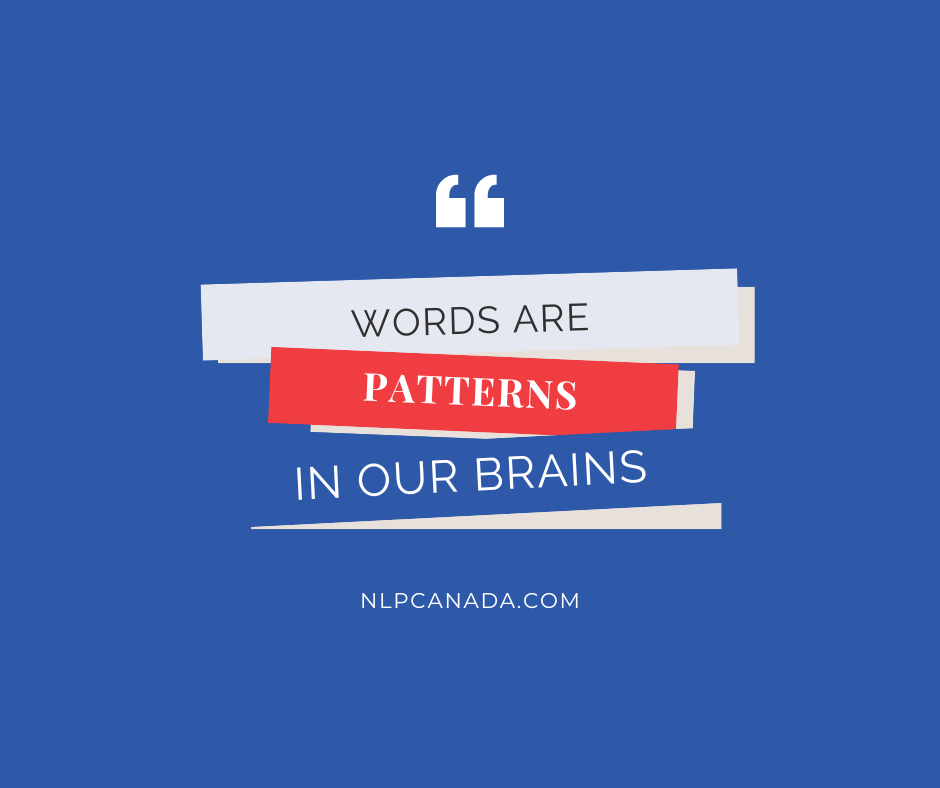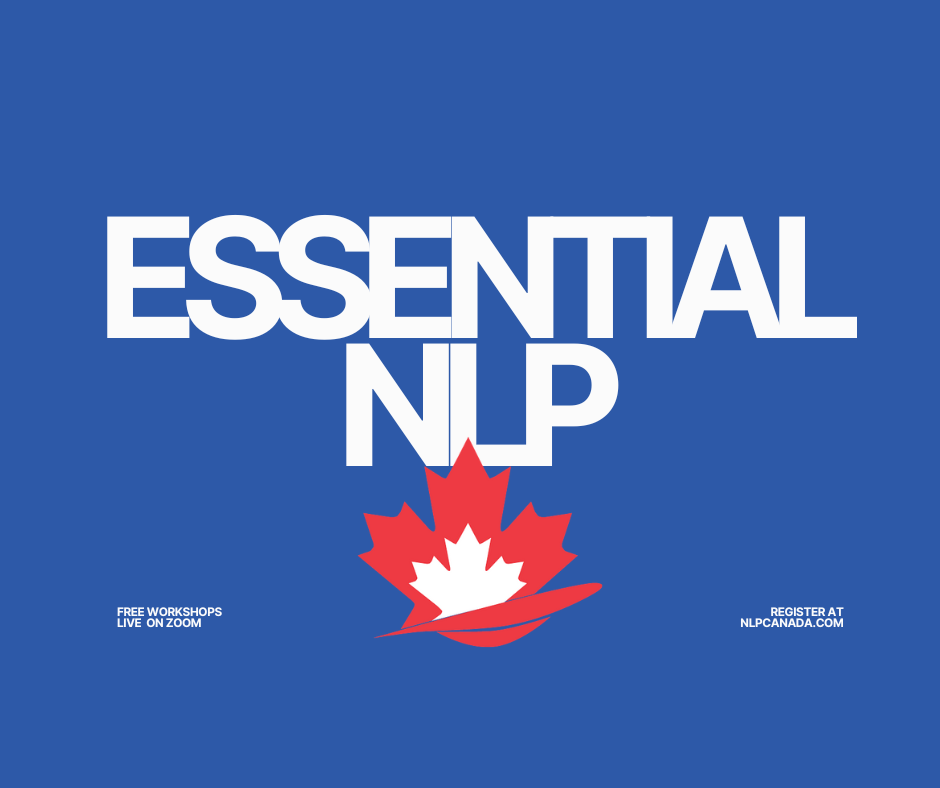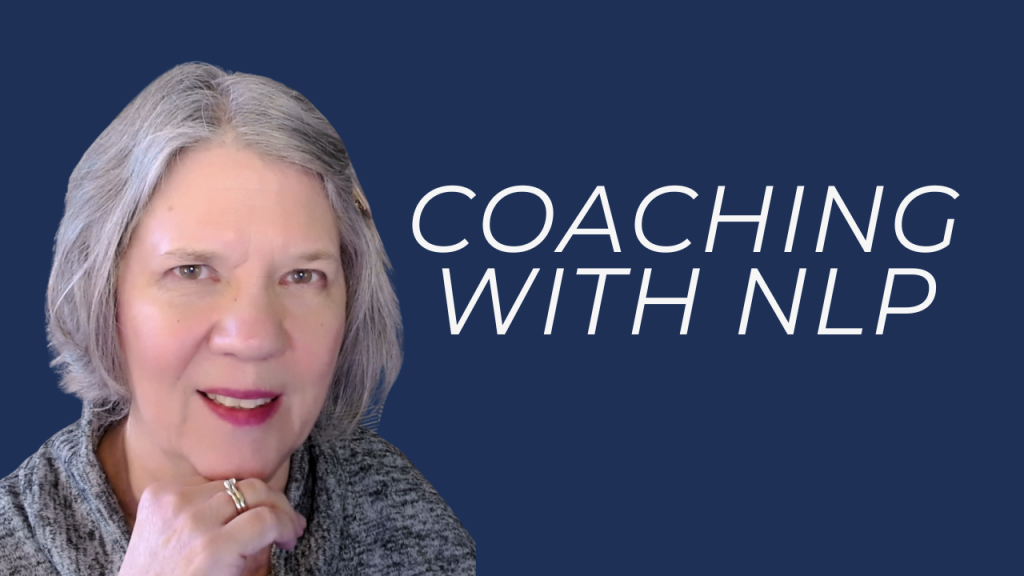Would you play a quick game with me? Think of the word “service.” What comes to mind? What does the word tell you about the person who offers service and the person who receives it?
In NLP, we say that what a word means is what it triggers in the brain of the receiver. This can be different for different people and it can be different in different contexts.
For instance, now think of the phrase “customer service.” What comes to mind is likely to be quite different, even after priming your expectations with service. Customer service is usually paired with a story about how an organization protects itself against its customers. I will tell you two quick stories that come to mind when I hear “customer service.”
I was in my bank last week (in person!) trying to make some transfers from another bank. That part went quite well. But when I also wanted to close an old account, I was told I would need to call. Since the account does not charge me fees and costs the bank something to administer, I suggested I was unlikely to spend a half hour waiting for someone to help. So the person sitting in front of me called for me–using his internal ID. It was about a half hour before he got an answer. It would cost me $100 to close the account. Not likely to happen and not a great impression to make as I decide where to invest the bulk of my savings.
The second story is about a retailer who sent me an email (I’m on their list) announcing a sale. I went to the website and placed an order. Tracking stopped after the first day and the package never arrived. And that’s when I discovered that they only have AI customer support. An AI that said repeatedly that it could not find the order that was on the open webpage where the chat was located. I tried an email form which reached an AI that said it would send my case to a human. No one reached back I went to a physical store and asked for help: the result was an email that might have been sent by a human promising to track my package. I received five different requests to answer a “How did we do?” survey but no help so far.
With these experiences in mind, you can see that “customer service” feels like a label given to a department designed to provide as little help as possible to customers. What happens to service in our brains when we repeatedly pair it in a phrase like customer service?
What fires together, wires together. For most people, the idea of service (which can involve generosity and integrity and providing care) now also fires the idea of customer service (frustration, problems, stonewalling). This means that when you try to use the word in its first sense, you are also inviting the second meaning.
To use words better, we need to know that the firing of patterns in the brain happens faster than we can move on to explanations or stories. We need to be conscious that some words no longer mean what the dictionary says they mean: they mean the connection of one meaning to others in a neural web. You can’t choose what fires when you use the word: you can only anticipate corrupt connections and use a different word instead.


